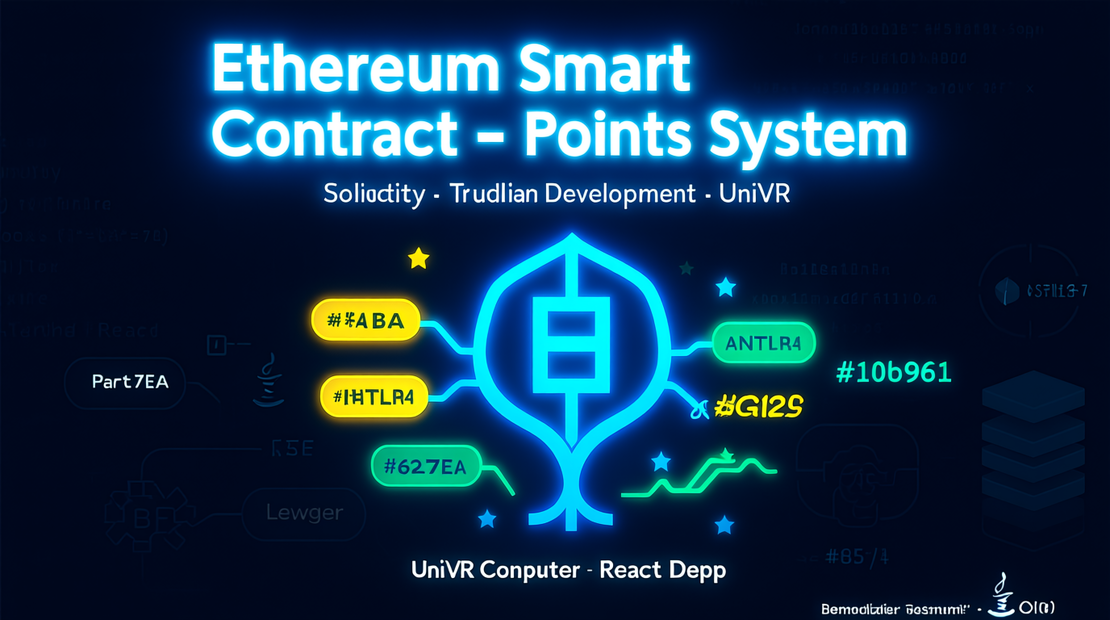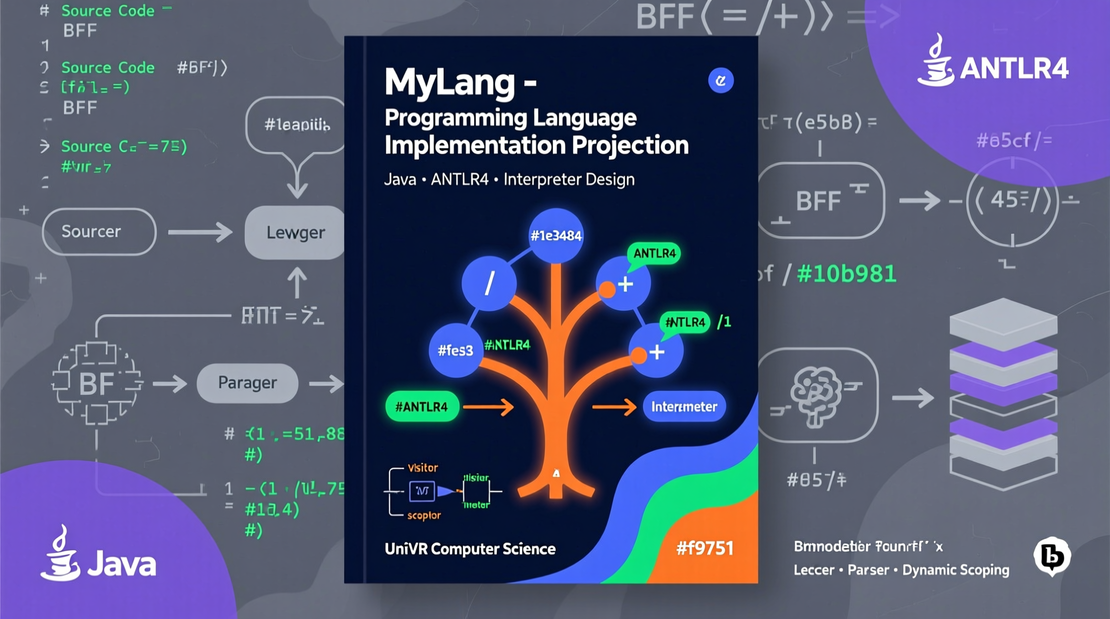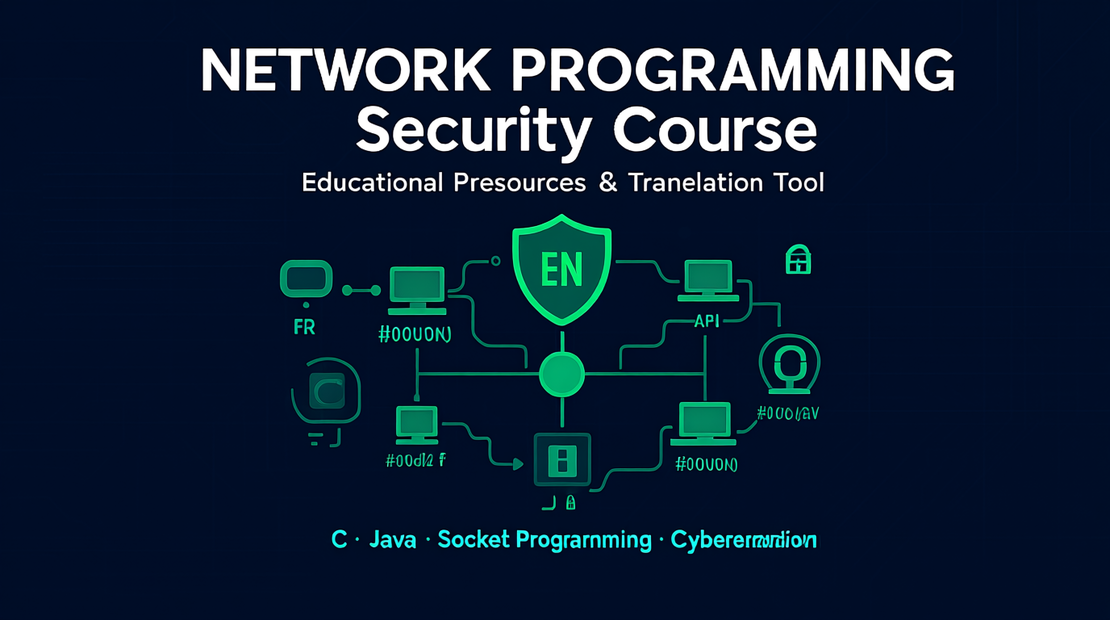
Smart Contract Ethereum per Sistema Raccolta Punti - DApp Completa
- Tech projects
- September 18, 2024
Table of Contents
The Genesis of the Project: From Web2 to Web3
During my university course on blockchain technologies at the University of Verona, I faced one of the most fascinating challenges in modern computing: understanding and implementing smart contracts on Ethereum. The assigned project—creating a decentralized point collection system—represented the perfect opportunity to explore the potential of blockchain programming.
The basic idea was simple yet revolutionary: “Every $10 spent = 1 point earned,” but implemented on blockchain to ensure transparency, immutability, and total decentralization.
From Theory to Practice: A Decentralized Loyalty System
Traditional point collection systems suffer from several fundamental problems:
- Extreme centralization with unilateral control
- Opacity in point allocation mechanisms
- Vendor lock-in and lack of interoperability
- Risk of data loss or centralized manipulation
My smart contract solves these problems through blockchain decentralization, creating a system where:
- Rules are hard-coded and immutable
- Transparency is guaranteed by the blockchain
- Users maintain control of their points
- The system is audit-proof and verifiable by anyone
System Technical Architecture
Complete Technology Stack
- Solidity: Smart contract language for business logic
- Truffle Framework: Complete development and testing environment
- React + TypeScript: Modern frontend for user interaction
- Web3.js: Integration blockchain-frontend seamless
- Ethereum Network: Blockchain layer for deployment
Smart Contract Core Architecture
🔐 Decentralized Mapping
mapping(address => uint256) private pointsUsers;
- Address-based tracking for unique user identification
- Private storage for data security
- Gas-optimized structure for cost efficiency
📊 Essential Public Functions
- getPunti(address)`: Secure retrieval of user points
- setPunti(address, amount)`: Controlled update of points balance
- Event logging for transaction tracking
- Access control for administrative operations
Technical Innovations and Design Patterns
Gas Optimization Strategies
- Efficient data structures to minimize storage costs
- Batch operations support for multiple updates
- Event-driven architecture for off-chain monitoring
- Minimal storage footprint for sustainability
Security Best Practices Implemented
- Reentrancy protection against common attack vectors
- Integer overflow protection for safe arithmetic
- Access control modifiers for administrative functions
- Input validation including data integrity
Frontend and User Experience Development
React + TypeScript Integration
- Type-safe Web3 interactions
- Responsive design for mobile-first approach
- Real-time updates via blockchain event listening
- Robust Error handling for network issues
Web3 User Experience Optimization
- MetaMask integration for seamless wallet connectivity
- Real-time Transaction feedback for user awareness
- Gas estimation for cost transparency
- Automatic Network switching for chain compatibility
Development Workflow and Best Practices
Truffle Development Environment
# Automatic contract compilation
cd truffle && truffle compile
# Complete test suite
cd truffle && truffle test
# Deployment on networks
cd truffle && truffle migrate
# Frontend development
cd client && npm start
Comprehensive Testing Strategy
- Unit tests for each smart contract function
- Integration tests for frontend-blockchain interaction
- Gas cost analysis for optimization opportunities
- Security auditing for vulnerability assessment
Educational Impact and Learning Outcomes
Blockchain Fundamentals Mastery
The project allowed us to delve deeper into:
- Ethereum Virtual Machine (EVM) mechanics
- Gas economics and transaction lifecycle
- Decentralized storage patterns and trade-offs
- Consensus mechanisms and network security
Smart Contract Development Skills
- Advanced Solidity programming with security focus
- Contract deployment and network management
- Event handling for dapp communication
- Upgrade patterns for contract evolution
Real Use Cases and Scalability
Business Applications Potential
The system can be adapted for:
- Retail loyalty programs with guaranteed transparency
- Multi-vendor coalitions without central intermediaries
- Cross-border rewards with automatic settlement
- Tokenized incentives for ecosystem growth
Technical Scalability Considerations
- Layer 2 solutions for reduced gas costs
- Sidechain deployment for high-throughput scenarios
- Interoperability protocols for cross-chain functionality
- Oracle integration for real-world data feeds
Security Analysis and Audit Considerations
Attack Vector Mitigation
- Front-running protection through commit-reveal schemes
- MEV resistance via transaction ordering independence
- Flash loan attack prevention with time locks
- Governance attack mitigation with decentralized control
Code Quality and Standards
- OpenZeppelin libraries for battle-tested components
- Automated security scanning with industry-standard tools
- Formal verification considerations for critical functions
- Bug bounty readiness for community auditing
Performance Metrics and Analytics
On-Chain Analytics Capabilities
- Transaction volume tracking for usage metrics
- User adoption patterns via address analysis
- Gas consumption optimization tracking
- Network effect measurement for growth strategies
Economic Model Validation
- Tokenomics sustainability through simulation
- Incentive alignment verification with game theory
- Market maker integration for liquidity provision
- Staking mechanisms for network security participation
Future Enhancements and Roadmap
Planned Technical Improvements
- Multi-signature wallet support for enterprise adoption
- Batch processing for high-volume transactions
- Cross-chain bridges for asset portability
- ZK-proofs integration for privacy enhancement
DeFi Integration Opportunities
- Yield farming capabilities for point monetization
- Liquidity mining programs for user acquisition
- Governance tokens for community-driven evolution
- NFT rewards for gamification enhancement
A Bridge to the Decentralized Future
This project represents much more than a simple academic exercise: it is a practical demonstration of the revolutionary potential of blockchain technology applied to real-world problems.
Fundamental Lessons Learned
- Decentralization is not just technology, but philosophy
- Smart contracts require a different mindset than traditional programming
- User experience in Web3 requires a balance between security and usability
- Economic incentives are crucial for adoption and sustainability
Contribution to Blockchain Education
Democratizing Web3 Development
The project demonstrates that blockchain development is accessible to university students with:
- Structured learning approach for complex topics
- Practical implementation for concept reinforcement
- Community resources for knowledge sharing
- Industry standards adoption from the start
Bridging the Academic-Industry Gap
- Real-world applicability of theoretical concepts
- Industry tools and workflows used
- Professional development practices implemented
- Market awareness for business model validation
Conclusions: From the Experiment to Innovation
The Points Collection Smart Contract represents a stepping stone toward understanding the transformative potential of blockchain technology. Through practical implementation, I gained skills that go far beyond the university curriculum, preparing me for a future where Web3 and decentralization will become industry standards.
The project continues to serve as a reference implementation for anyone who wants to understand the fundamentals of smart contract development, demonstrating that innovation arises from a combination of intellectual curiosity, rigorous implementation, and knowledge sharing.


